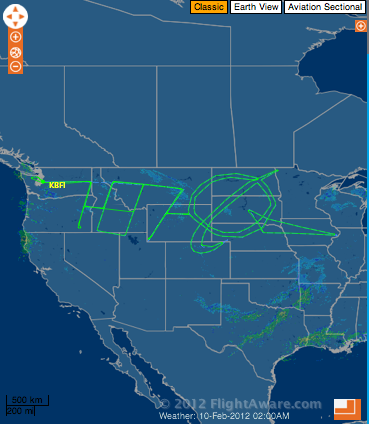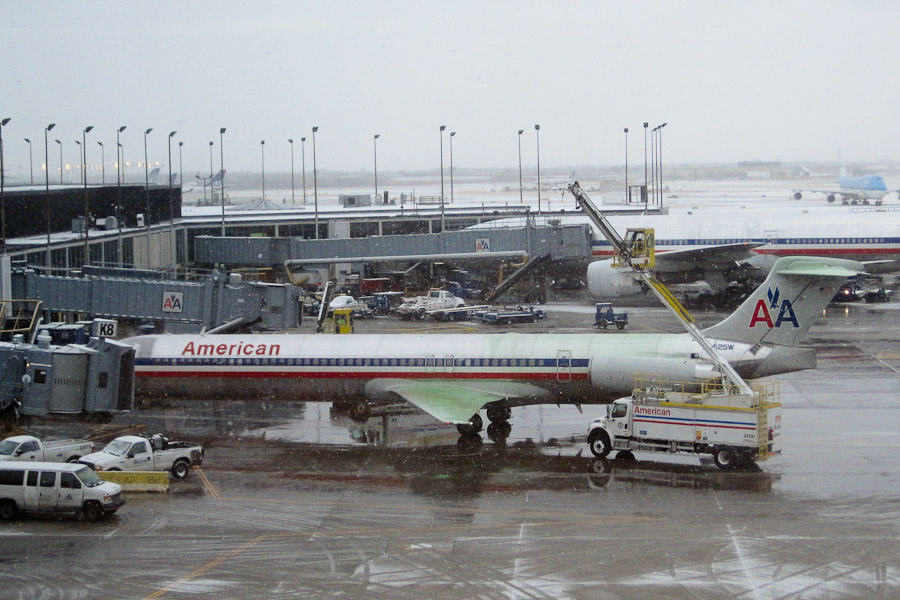I don't want to lose these things:
That is all. More UK and France photos later today.
In general, people using words they don't understand, presumably to sound smart, drives me up a tree. In specific, I wish against reason that more people knew how time zones worked. Microsoft's Raymond Chen agrees:
One way of sounding official is to give the times during which the outage will take place is a very formal manner. "The servers will be unavailable on Saturday, March 17, 2012 from 1:00 AM to 9:00 AM Pacific Standard Time."
Did you notice something funny about that announcement?
On March 17, 2012, most of the United States will not be on Standard Time. They will be on Daylight Time. (The switchover takes place this weekend.)
Now, I'm one of the few people in the world who has implemented a complete time zone package for Windows systems, and regular readers will already know about my vocal defense of the Olson/IANA time zone database. So I don't expect most people to know the ins and outs of time zone abbreviations. But this is the point Chen makes, and I would like to make: if you don't know what you're writing, don't write it. Say "Central time" or "local Chicago time" instead of "Central Standard Time," if for no other reason than you'll be wrong about the latter 8 months out of the year.
Via Sullivan, an awesome TV ad from The Guardian:
The astrology nutters who sued the time zone database for copyright infringement have withdrawn the suit.
Plaintiff's attorney Julie Molloy filed the notice of voluntary dismissal today in the District of Massachusetts under Federal Rule of Civil Procedure 41(a)(1).
So, reason prevailed. Good.
The term "brainstorming," conjured up by BBDO partner Alex Osborn in the 1940s, conjures up images of creative people in a creative meeting creatively coming up with great ideas. Only, it doesn't actually work that well:
The first empirical test of Osborn’s brainstorming technique was performed at Yale University, in 1958. Forty-eight male undergraduates were divided into twelve groups and given a series of creative puzzles. The groups were instructed to follow Osborn’s guidelines. As a control sample, the scientists gave the same puzzles to forty-eight students working by themselves. The results were a sobering refutation of Osborn. The solo students came up with roughly twice as many solutions as the brainstorming groups, and a panel of judges deemed their solutions more “feasible” and “effective.
And yet Osborn was right about one thing: like it or not, human creativity has increasingly become a group process. “Many of us can work much better creatively when teamed up,” he wrote, noting that the trend was particularly apparent in science labs. “In the new B. F. Goodrich Research Center”—Goodrich was an important B.B.D.O. client—“250 workers . . . are hard on the hunt for ideas every hour, every day,” he noted. “They are divided into 12 specialized groups—one for each major phase of chemistry, one for each major phase of physics, and so on.” Osborn was quick to see that science had ceased to be solitary.
Lehrer continues to examine the success of Broadway musicals and the story of MIT's Building 20, "one of the most creative spaces in the world" from the 1940s until its demolition in 1998.
If you're driving in San Francisco, don't block the MUNI:
By early next year the city's entire fleet of 819 buses will be equipped with forward-facing cameras that take pictures of cars traveling or parked in the bus and transit-only lanes. A city employee then reviews the video to determine whether or not a violation has occurred — there are, of course, legitimate reasons a car might have to occupy a bus lane for a moment — and if so the fines range from $60 for moving vehicles to more than $100 for parked cars.
City officials consider the pilot program a success. "Schedule adherence" has improved, according to that update, as has general safety, since access to proper bus-stop curbs is impeded less often. In addition, the number of citations issued has risen over the past three years — from 1,311 in 2009 to 2,102 in 2010 and 3,052 last year, according to the San Francisco Chronicle.
At the root of the problem is a disconnect between the automobile and transit worldviews, transit planner Jarrett Walker explains in his excellent new book, Human Transit. (More on this in the coming days.) While an empty bus lane is actually a functional bus lane, an empty car lane is a wasted car lane, so drivers are quick to capitalize on what they view as a transportation inefficiency.
That's pretty cool. In principle, I approve of automated parking enforcement, such as Chicago's street sweeper cameras, even though I've had to pay fines as a result. Fair enforcement is all right with me. (But don't get me started on how Chicago puts up street-sweeping signs the day before...)
I've spent the morning working at the Peet's Coffee in Half Moon Bay, Calif.. For some reason, this location has blocked HTTP access to most Google addresses.
The most obvious symptom is that browser requests to Google, Youtube, and other Google properties (including GMail) simply don't go through. Chrome reports "connection reset" after timing out; IE simply spins into oblivion. Another symptom, which took me a few moments to figure out, is that sites that have Google Analytics bugs (like this one) sometimes, but not always, fail to load. Reading the page source shows that the entire page has loaded, but the browser doesn't render the page because part of it is being blocked.
Using nothing more sophisticated than Ping and Tracert, I've determined that the block occurs pretty close to my laptop, possibly even in the WiFi router or in Peet's proxy server. Pinging Google's public DNS service (8.8.8.8) works fine, as does making nslookup requests against it. But pinging www.google.com, www.youtu.be, and www.gmail.com all fail. Tracerts to these URLs and directly to their public IPs also fail at the very first hop.
Google IPs appear to start with 74.125.x.y. Tracert to 8.8.4.4 passes through 74.125.49.85 a few hops away; www.google.com resolves to 74.125.224.84; etc. However, reverse DNS lookups show something slightly different. 8.8.4.4 resolves back to google-public-dns-b.google.com; however, 74.125.224.84 resolves back to nuq04s07-in-f20.1e100.com. 74.125.224.69 (www.youtu.be) resolves back to another 1e100.com address.
All other sites appear to work fine, with decent (megabit-speed) throughput.
So, the mystery is: who has blocked Google from this Peet's store, and why? I have sent Peet's a request for comment.
Earlier I mentioned how technology makes aviation easier. Now here's how it makes aviation cooler: For the first time in Daily Parker history, I'm writing about a flight in real time.
I am approximately here:

FlightAware adds the third dimension, putting me at FL360.
Of course, I have actual work to do, which is really why I bought Internet access for this flight. I still think this is incredibly cool.
(For the record, my flight didn't leave on time, but it did leave. At takeoff, O'Hare conditions were 1600 m visibility with 400 m indefinite ceiling, blowing snow, and 48 km/h wind gusts. Had my plane not gotten to O'Hare when it did, it might still be holding over Janesville. Also for the record, the picture above shows my location when I started this post; the little globe icon below right will show you where I was when I posted it.)
Via James Fallows, here is the FlightAware track (and the KML) for yesterday's Boeing 787 test flight:

That. Is. Cool.
I remember traveling in the 1970s and 1980s, when no one could reliably answer this question until the plane actually left the runway. But today I'm at O'Hare while snow is falling, and it looks like my flight will in fact take off on time despite the snow and the lengthening list of delayed flights on the arrivals board.
How do I know?
First stop is the American Airlines website. Their flight status tool says my plane departs on time from gate K5. And the page has a link to "arriving flight information," which tells me that the plane I'm on will land in 10 minutes.
Oh, really? Yes, really, as Flight Aware's real-time tracker shows me. At this moment, the airplane taking me to San Francisco is heading straight for the O'Hare VOR about 70 km away. (It's over Joliet—no, wait, now it's over Naperville!)
The airline has done it right. By providing real-time information, they're putting me at ease. Even if the incoming plane were circling over Springfield, that would still help me by letting me plan how long I can sit here working before I have to schlepp to the gate.

Update: In the time it took to write this entry, my plane has arrived, and I can see it taxiing towards me right now. I am not making this up. That's not my plane, by the way. That's a plane being de-iced, to show you why I might be a little on edge about my actual departure time today.